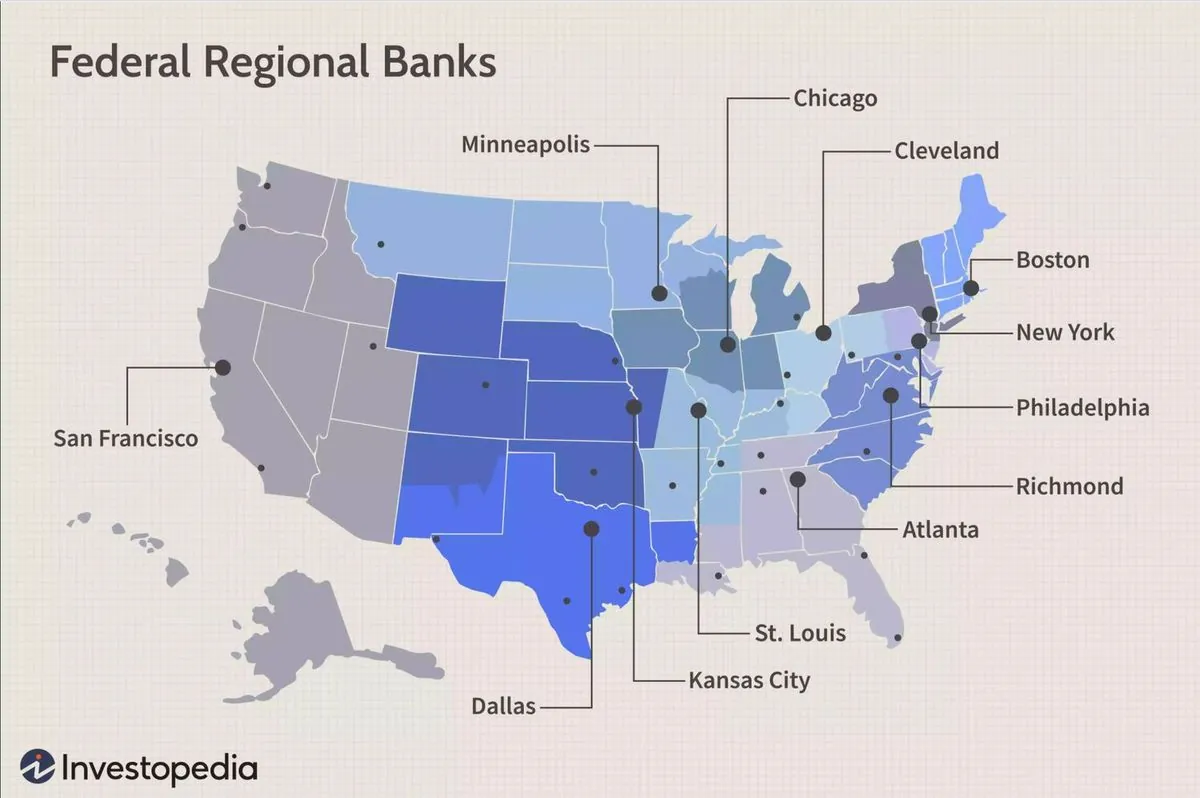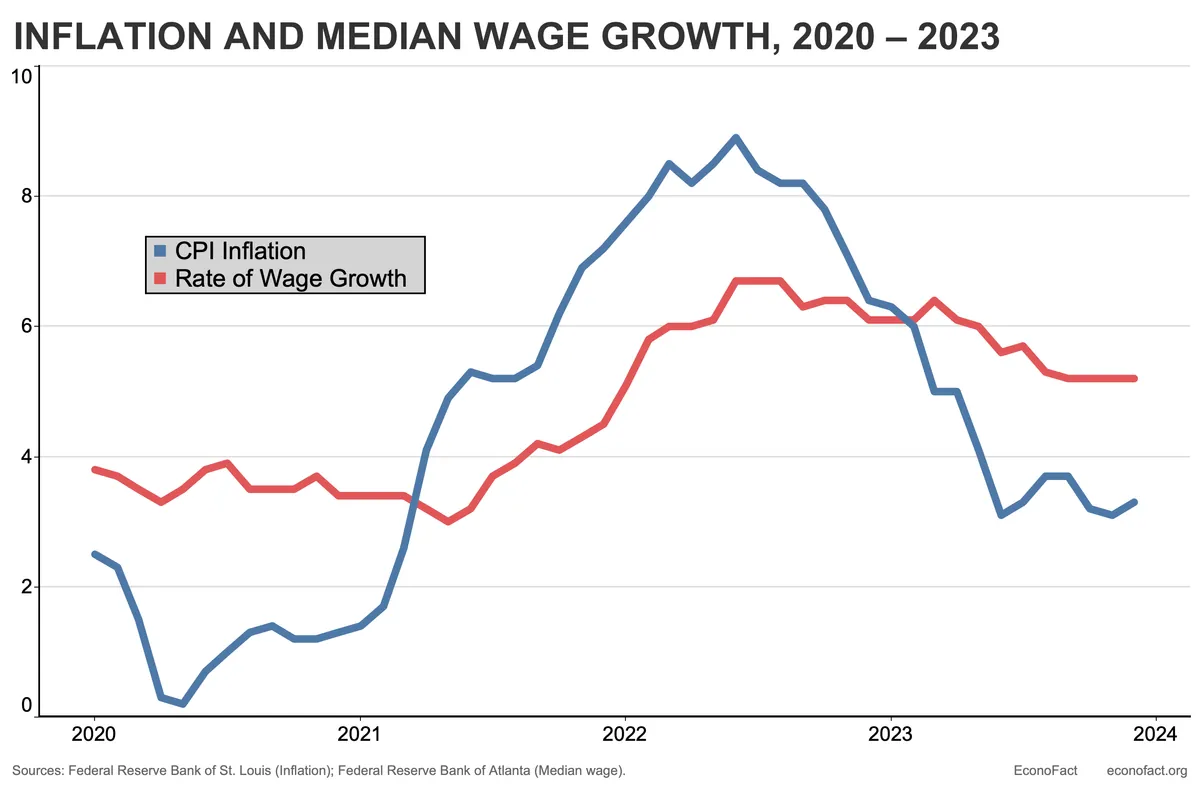US Inflation Hits 3-Year Low, Paving Way for Potential Fed Rate Cuts
US inflation may have reached its lowest point in three years, potentially leading to Federal Reserve interest rate cuts. This development could impact the upcoming presidential election and economic policies.

The United States may be experiencing its lowest inflation rate in three years, according to recent economic data. Experts predict that the year-over-year inflation for August 2024 could drop to 2.6%, marking the lowest level since March 2021. This significant decline in inflation rates is bringing price increases closer to pre-pandemic levels and may pave the way for the Federal Reserve to consider reducing its key interest rate in the coming week.
The Federal Reserve, established in 1913, has been actively managing inflation through various monetary policy tools. The current situation reflects a dramatic shift from the peak inflation rate of 9.1% recorded in June 2022, which was the highest in four decades. In response to this surge, the Fed implemented a series of 11 rate hikes in 2022 and 2023, elevating its key rate to a 23-year high.

The core inflation rate, which excludes volatile food and energy prices, is expected to remain steady at 3.2%. This metric is closely watched by economists and policymakers as it provides a more stable measure of underlying inflationary pressures.
The potential decline in inflation could have significant implications for the upcoming presidential election. Both major political parties are likely to focus on economic policies and their approaches to managing inflation. It's worth noting that the relationship between inflation and unemployment, known as the Phillips Curve, has been a subject of economic debate since its introduction in 1958.
Christopher Waller, a key member of the Fed's Board of Governors, has expressed confidence in the ongoing progress towards the Fed's 2% inflation target. This target was officially adopted in 2012, marking a significant milestone in the Fed's approach to monetary policy.
"Overall, I see significant and ongoing progress toward the (Fed's) inflation goal that I expect will continue over the remainder of this year."
Several factors are contributing to the potential decrease in inflation. Gas prices have fallen by approximately 10 cents per gallon in August 2024, reaching a national average of about $3.29. Additionally, food prices, while still 20% higher than pre-pandemic levels, have shown only a 1.1% increase from the previous year.
The housing market is also playing a role in moderating inflation. The median rent for new leases rose just 0.9% in August 2024 compared to the previous year, according to real estate brokerage Redfin. However, the government's measure of rental costs, which includes all rents, showed a 5.1% increase in July 2024.
As inflation appears to be coming under control, the Federal Reserve is shifting its focus towards supporting the job market. This aligns with the Fed's dual mandate of price stability and maximum employment, established in 1977. The upcoming Fed meeting in September 2024 is expected to discuss potential rate cuts, with some analysts anticipating further reductions in November 2024.
While the economic outlook appears positive, concerns remain about consumer spending and rising credit delinquencies. These factors could potentially impact future economic growth and employment levels, requiring careful consideration from policymakers.
As the United States navigates this period of economic transition, the interplay between inflation, interest rates, and employment will continue to shape monetary policy and political discourse in the months ahead.


































